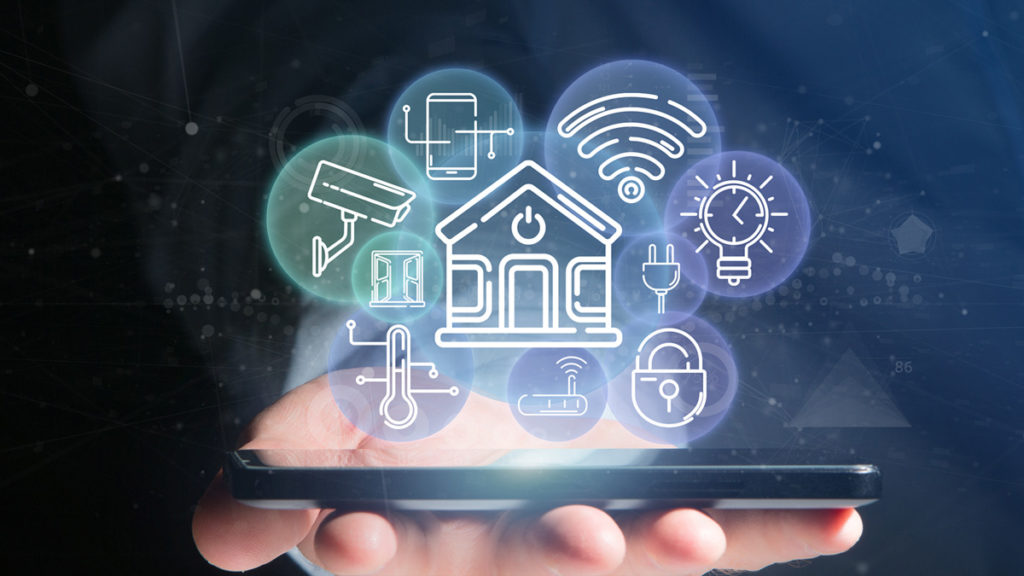As smart devices and appliances become more common in our homes, concerns about their security have grown significantly. From internet-connected fridges and smart washing machines to intelligent thermostats and security cameras, each device introduces new potential vulnerabilities. So, are there any rules ensuring that these devices are secure? And more importantly, are smart appliances labeled for cybersecurity the same way they are for energy consumption?
The Growing Need for IoT Security
Smart appliances are part of the broader Internet of Things (IoT) ecosystem, which includes billions of connected devices globally. Many of these products, especially early models, were released with minimal security: default passwords, unencrypted data transmission, and no update mechanisms.
These vulnerabilities make IoT devices prime targets for hackers, leading to real-world consequences such as compromised privacy, botnet attacks, and unauthorized surveillance.
Regulatory Landscape: Security by Design
European Union
The EU has been a global leader in pushing for stronger IoT security:
- Cyber Resilience Act (CRA): Adopted in 2023, this regulation enforces cybersecurity requirements for products with digital elements, including smart appliances. Manufacturers must ensure devices are secure-by-design and commit to regular updates for at least five years.
- Radio Equipment Directive (RED) Update: Coming into effect in August 2025, this mandates cybersecurity features in radio-connected devices, including consumer IoT products.
- ETSI EN 303 645 Standard: Although not legally binding, this standard provides widely adopted baseline security recommendations like banning default passwords and requiring secure update mechanisms.
United Kingdom
The UK has implemented the Product Security and Telecommunications Infrastructure (PSTI) Act, which becomes enforceable in April 2024. It requires:
- No default passwords
- A defined vulnerability disclosure policy
- Clear communication about update support periods
United States
While the U.S. lacks a comprehensive national policy, notable actions include:
- IoT Cybersecurity Improvement Act (2020): Applies to federal agencies and contractors.
- NIST Guidelines (IR 8259): Voluntary recommendations for consumer IoT security.
- State laws in California and Oregon mandating reasonable security features.
Are Smart Appliances Labeled for Security?
Not yet universally. Unlike energy efficiency labels (A to G), cybersecurity labeling for smart appliances is still in its early stages. However, several countries and organizations are piloting or planning such schemes:
Singapore
Singapore’s Cybersecurity Labelling Scheme (CLS) is the most advanced, offering a 4-tier rating system. The more stars, the better the device’s cybersecurity protections.
Finland
Finland has a voluntary cybersecurity label based on ETSI EN 303 645. Devices with the label must meet essential security requirements and commit to providing software updates.
United States
The FCC is developing a voluntary Cyber Trust Mark, expected to roll out in 2024 or 2025. It will include a shield-style logo and a QR code linking to the product’s security info.
European Union
While not yet mandatory, the EU Cybersecurity Act allows for the creation of certification schemes with assurance levels: Basic, Substantial, and High. A labeling system may follow once the RED and CRA are fully implemented.
What to Expect in the Future
- By 2025, security compliance for smart appliances will become more enforceable, especially in the EU.
- Labels similar to energy efficiency marks could appear on smart device packaging, helping consumers make informed decisions.
- Expect manufacturers to start disclosing update policies, support timelines, and security features more transparently.
Conclusion
Security is becoming just as important as functionality when it comes to smart appliances. While widespread, standardized labeling isn’t here yet, it’s coming soon. Governments around the world are laying the legal groundwork, and pioneering nations like Singapore and Finland are already offering a glimpse of what the future of secure smart homes could look like.
Until then, consumers should look for devices with clear update policies, avoid those with default passwords, and keep firmware up-to-date. A smarter home should also be a safer one.

